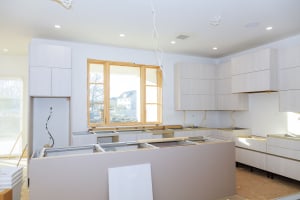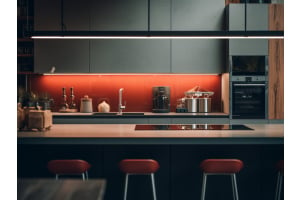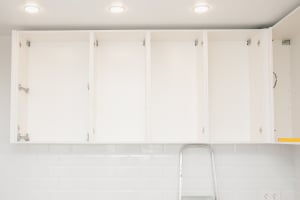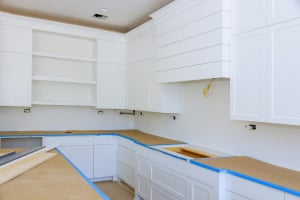Take a look at any modern home design magazine or website and you are likely to see a huge number of frameless kitchen cabinets in use. They are frequently referred to as “modern” or “European” styles, but they are essentially the same as all other cabinet styles with one major exception – they are devoid of the clunky face frames that appear on standard cabinetry.
Interestingly enough, most frameless kitchen cabinets are actually heavier in weight than standard cabinetry because they are composed of larger boards and rely on precise measurements instead of more flexible sizing. They are a bit more difficult to install than standard cabinetry as well, and are always joined through side panels as opposed to being connected through their hardwood facing.
If they are a bit more difficult to install, why would people select frameless cabinets? Regardless of the precision required in their installation, they are far more “clean” in their appearance, and have a solid-unit or continuous look when installed properly. This tends to mean that a kitchen with such cabinetry will have smooth and seamless lines as opposed to the various boards and cross-pieces used in face frame fabrication.
When measuring for frameless cabinetry a homeowner can also enjoy a bit of an easier experience because they have exact dimensions from the front to the back and do not have to take the facings into consideration. This means that faceless options allow a few more inches of usable space over their framed counterparts.
The faceless cabinets are available in a huge number of styles and materials ranging from rare and distinctive hardwood options to simpler veneers that include Rosewood and Light oak.
It is important to note, however, that selecting this style of cabinetry will mean opting for a bit of professional design and installation assistance as they require advanced skills and knowledge to get the best results.












